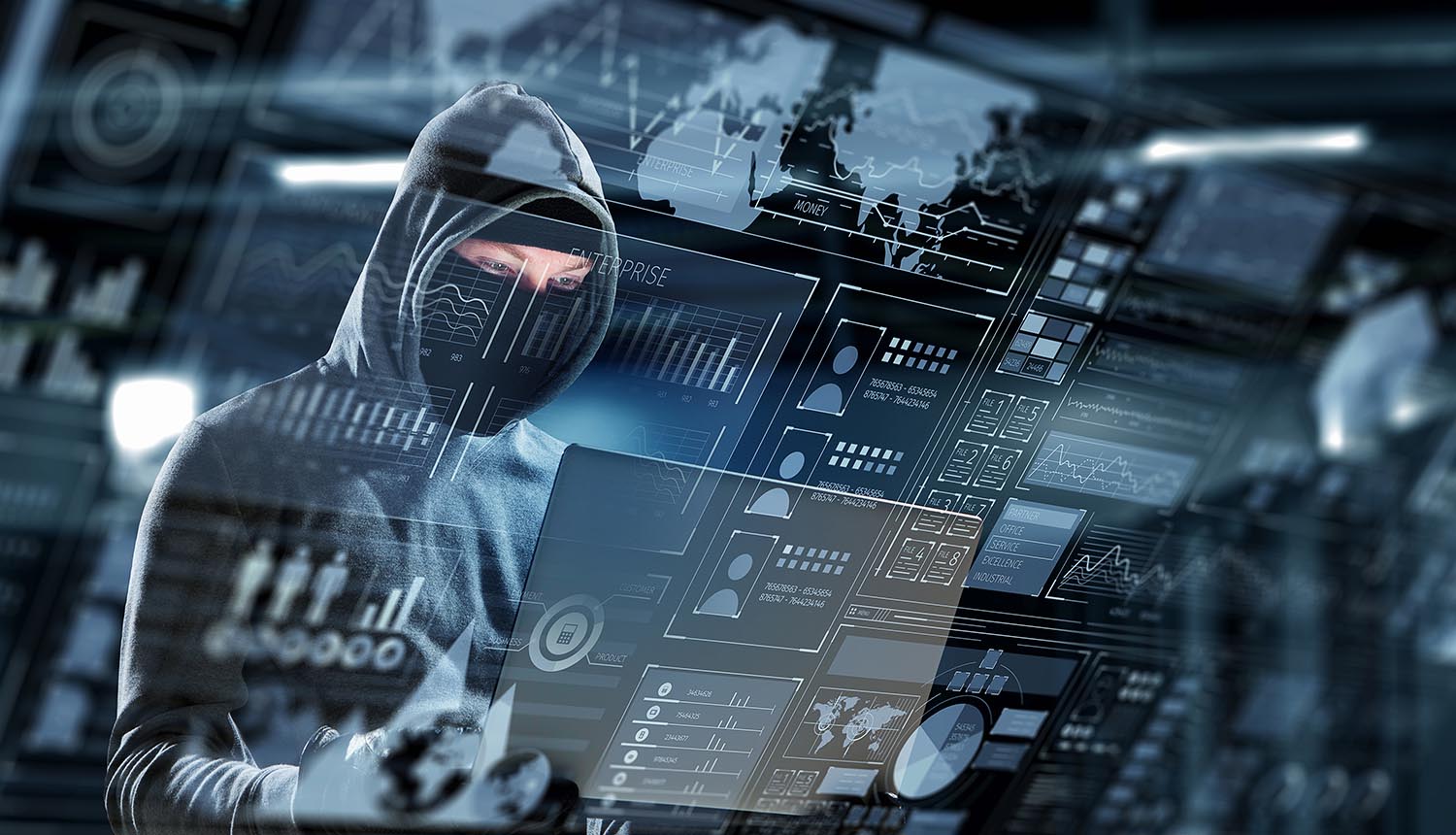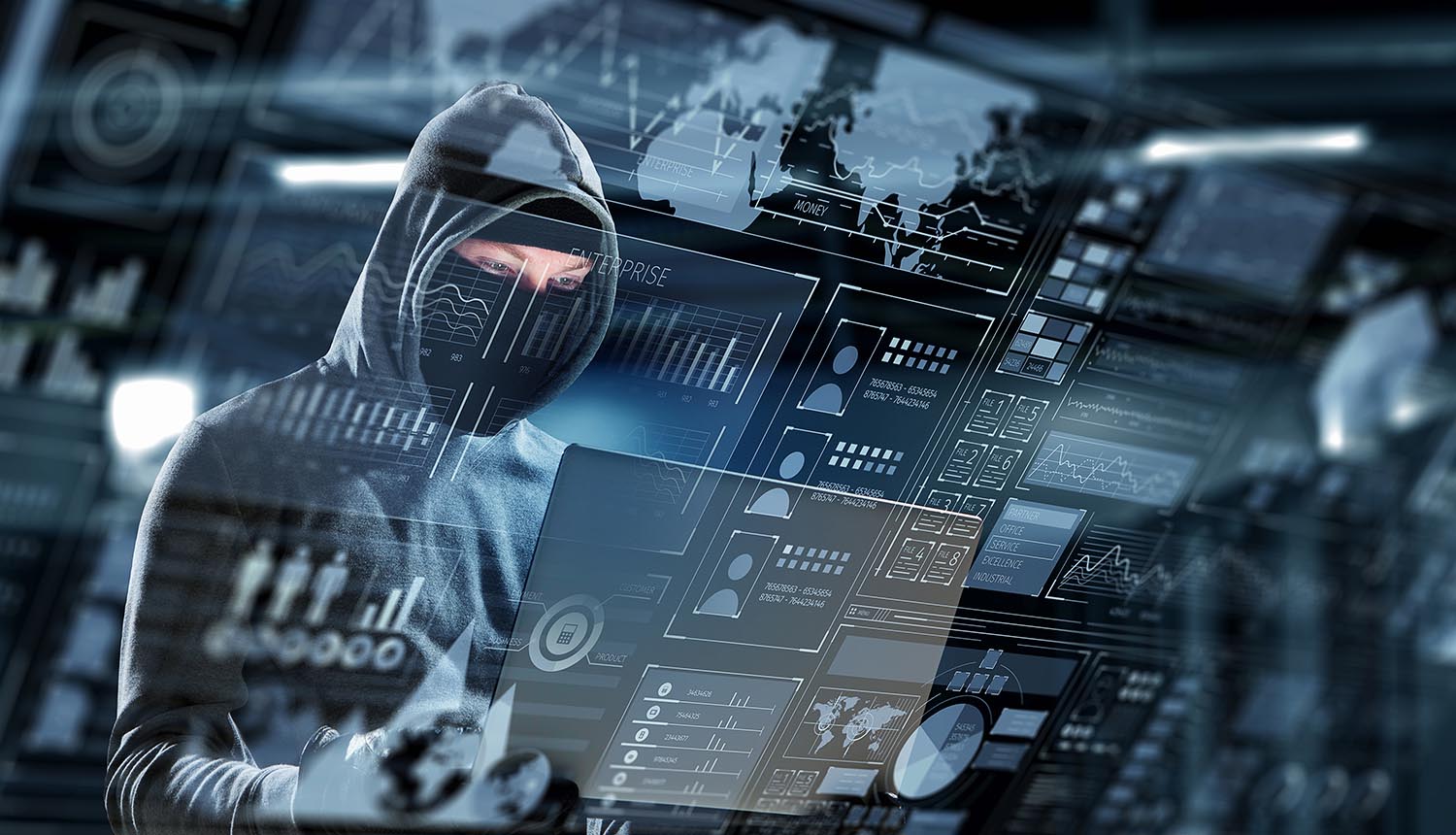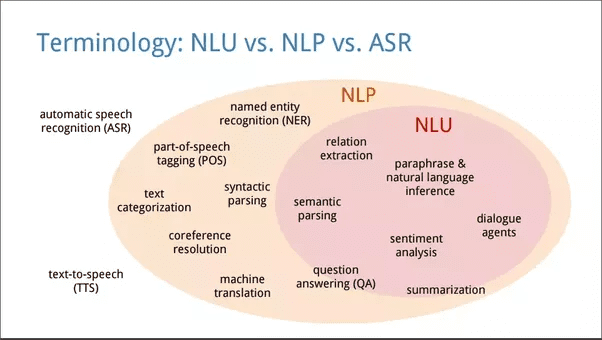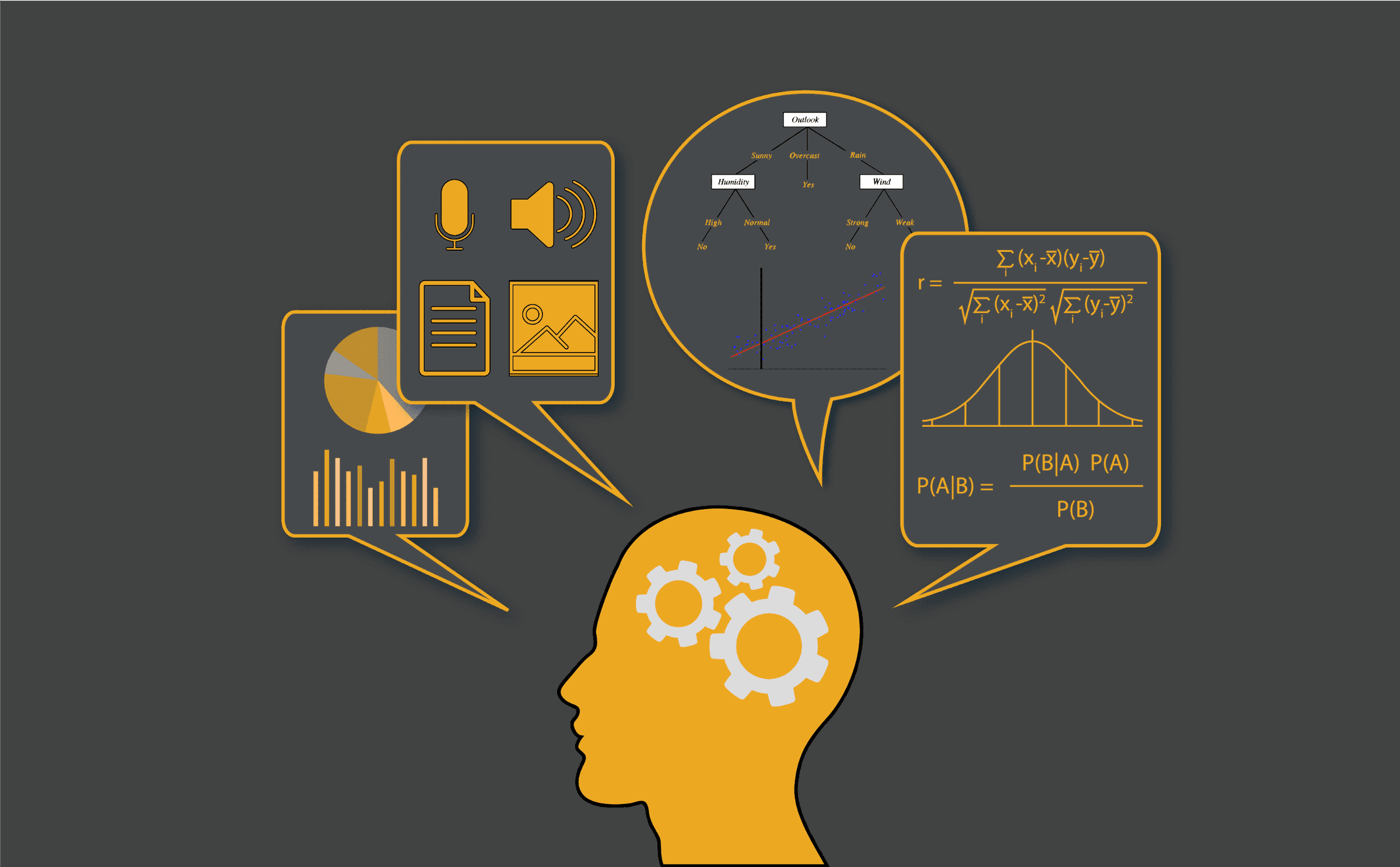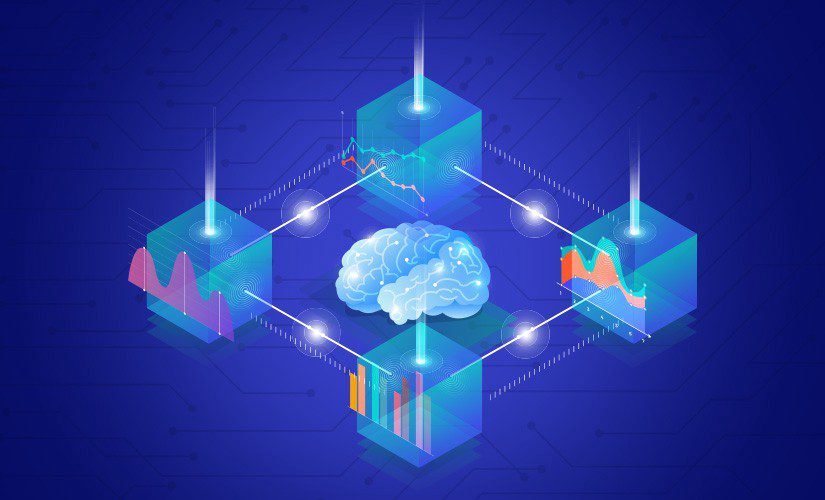The Ecommerce Industry
The e-commerce industry has proved to be a boon for all the shopaholics who are too lethargic for a regular brick and motor engagement. Growing in double digits the expansion in the e-commerce industry is unmatched by any other and with the potential to grow multiple folds in the coming years it has set new highs.
In a broad sense of things, the concept behind the e-commerce world is simple, creating on the online market place with multiple stores available to shop anytime using the means of smartphones and other computerized devices that support web surfing.
The virtual market is not bounded by geography, having its customer base all across the world. What’s different about this shopping escapade is that it makes the entire store available for you to facilitate your shopping spree, all with a few clicks. I wonder how many times it happens that I am not sure about what exactly I need to purchase unless acquainted with the varieties available.
Now if we have to walk by several stores to find out what could be bought it will be tiresome, to say the least. Let’s assume that we somehow managed to step into each of them, how will we compare all the available products in real-time? That’s where the e-commerce industry adds value and steals the show with convenience.
The e-commerce stores not only help to bring everything together but also helps to search select and choose by providing valuable suggestions and insightful product descriptions. It also lets you read into the feedback provided by the users of the products that might help you buy better.
In the tangible world, we have a shop for every need, we have shopping complexes for multiple segments. This evolution went a little further in the era of the internet with e-commerce where we have all the product segments from all the known brands under a few keystrokes.
AI applications in the e-commerce industry
While shopping at stores with a physical address on the map, what attracts the most apart from quality goodies is the presentation and organization of the products.
Similarly when buying goods online what helps increase engagement and purchase? The answer is better to search for tools and classified product segments. This is where AI fits into the e-commerce must-have tools.
The high-tech AI-enabled solutions can also help in searching product descriptions and other relevant details to form a variety of keywords that might match the user’s search and help discover the product better. This doesn’t stop here, the AI-powered solutions also help with product selection by asking some intelligent questions and narrowing down the list for us.
At times it so happens that we know what we are looking for but the name is unknown to us and thus we feed in a variety of keywords to complete our search. The predictive search mechanism provided by Artificial Intelligence training uses the past search and purchases history helping us identify what we might be looking for with relative ease saving a lot of time and keystroke efforts.
Arrangement of products and tidiness are some of the key drivers of customers in the traditional brick and motors store, how do you implicate this approach online? Well, the answer doesn’t require a brainstorming session, it is through the website design.
Making the website aesthetic needs a well-planned web design that not only looks good but also goes along with the objective of the website. From optimized website design testing to improving decisions with auto traffic analysis & better sales funnel structuring, AI delivers on all aspects of customer conversions and engagement.
In present-day scenario conversational chatbots are mainstream for better customer servicing, it could also be seen as a norm, whatever site you visit for your purchase you are bound to be greeted by a bot. This evolution has propelled further with a new wave of intelligent sales chatbot. This new AI by-product is hyper-personal in their functioning, providing customized recommendations and suggestions for better conversion.
Conclusion
AI has improved the e-commerce industry to a great extent by providing better search options for product searches to suggesting an optimized website layout for better conversions. Apart from the mainstream chatbots for customer servicing this new AI wave has welcomed the trendy sales chatbot that uses customer preferences data for good by providing customized and hyper-personal shopping experience.

